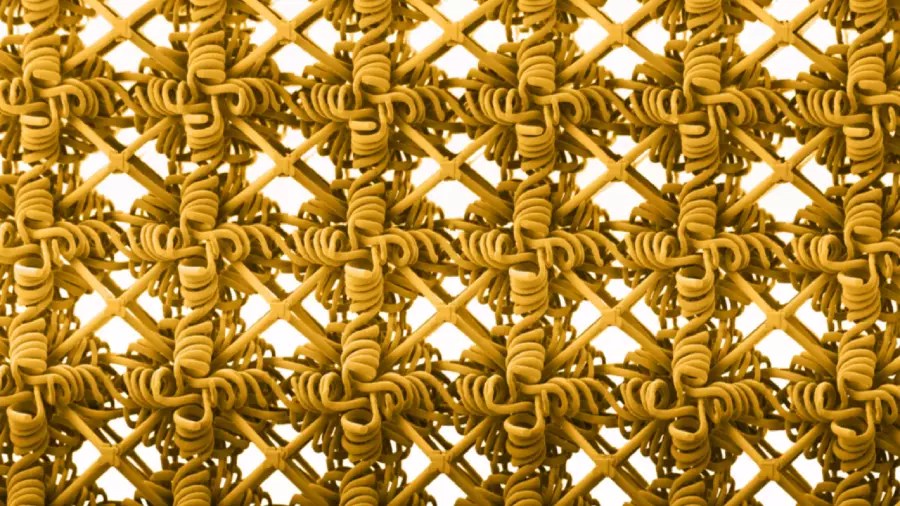In the realm of technology, the concept of flexibility is often associated with software adaptability or the advent of bendable screens. However, the ambitious innovations emerging from MIT are stretching this definition to unimaginable limits. Imagine a computer chip that can expand to more than three times its initial size. This isn’t merely science fiction; it’s a tangible reality brought forth by researchers working with pioneering “strong but stretchy” metamaterials. These metamaterials boast fascinating properties that challenge traditional notions of what materials can do.
A Deep Dive into Metamaterials
At the core of this revelation is the unique construction of metamaterials—substances engineered to exhibit properties not found in natural materials. They achieve this through intricate microstructuring, allowing for a remarkable blend of strength and flexibility. The new material developed at MIT merges a robust, grid-like skeleton of struts and trusses with a woven pattern of coils that entwine these structures, akin to a bowl of spaghetti tangled within a lattice.
This innovative design takes advantage of a high-precision manufacturing technique known as two-photon lithography, which enables the simultaneous printing of both elements from a single acrylic plastic source. MIT professor Carlos Portela elucidates this concept beautifully by comparing it to entangled fibers: “As we break the monolithic lattice network, those broken parts come along for the ride, enhancing the entanglement and creating increased friction and energy dissipation.” This synergy of structure and design allows the metamaterial to stretch impressively, demonstrating unparalleled resilience.
Testing the Limits
Rigorous experiments have confirmed the material’s capabilities, with MIT researchers employing specialized nanomechanical presses to evaluate its properties. The outcome? A remarkable ability to extend to three times its length without compromising integrity. This exceptional flexibility, combined with distinctive printed patterns, confers not just strength but also a degree of impact resistance unheard of in traditional materials. The implications of these findings stretch across numerous domains, opening doors to insights that could reshape entire industries.
Endless Applications and Adaptations
The potential applications for this transformative material span far beyond what current technology offers. MIT envisions its use in creating stretchy ceramics, glasses, and metals that could dramatically enhance durability in everyday products. For instance, textiles that resist tearing, scaffolds for tissue engineering, and even flexible semiconductors and chip packaging could all benefit from this new metamaterial.
Picture the far-reaching effects on consumer devices. Today’s laptops and tablets, often susceptible to physical stresses and the mechanical strains of daily use, could be revolutionized with this stretchable technology. As devices age, conventional motherboards and graphics cards tend to deform due to thermal cycles, leading to failures. Armed with stretchable properties, the chips, components, and even the connections could become resilient enough to withstand bending and strain. Envision an era where fragile electronics evolve into almost indestructible gadgets, blending flexibility with durability in ways we have yet to fully grasp.
Venturing Beyond Conventional Limits
The potential of MIT’s metamaterials extends even further, hinting at the possibility of life-changing advancements in technology. The “ceramics, glass, and metals” referred to by the research team encapsulate nearly every material used in electronic devices today, posing an exciting opportunity to transcend beyond just flexible screens. This metamaterial could herald a new dawn in device engineering, integrating flexibility into the very core of technological design.
By marrying the concepts of strength with adaptability, MIT’s metamaterials venture into uncharted waters. They herald a future where technology is not just reactive but proactive, capable of withstanding the rigors of real life while pushing boundaries previously thought to be insurmountable. As we embrace this innovative spirit, we might just find ourselves on the cusp of a technological renaissance driven by strength, flexibility, and ingenuity.


Leave a Reply